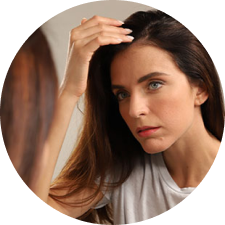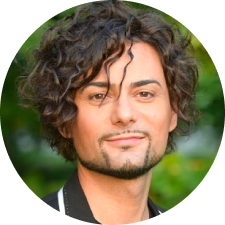- Home
- Structure and chemical composition of the scalp
hair
Structure and chemical composition of the scalp
Scientific collaboration between Professor Marco Toscani and Dr. Pasquale Fino, Chair of Plastic, Reconstructive and Aesthetic Surgery, Umberto I Health Center – “Sapienza” University of Rome.
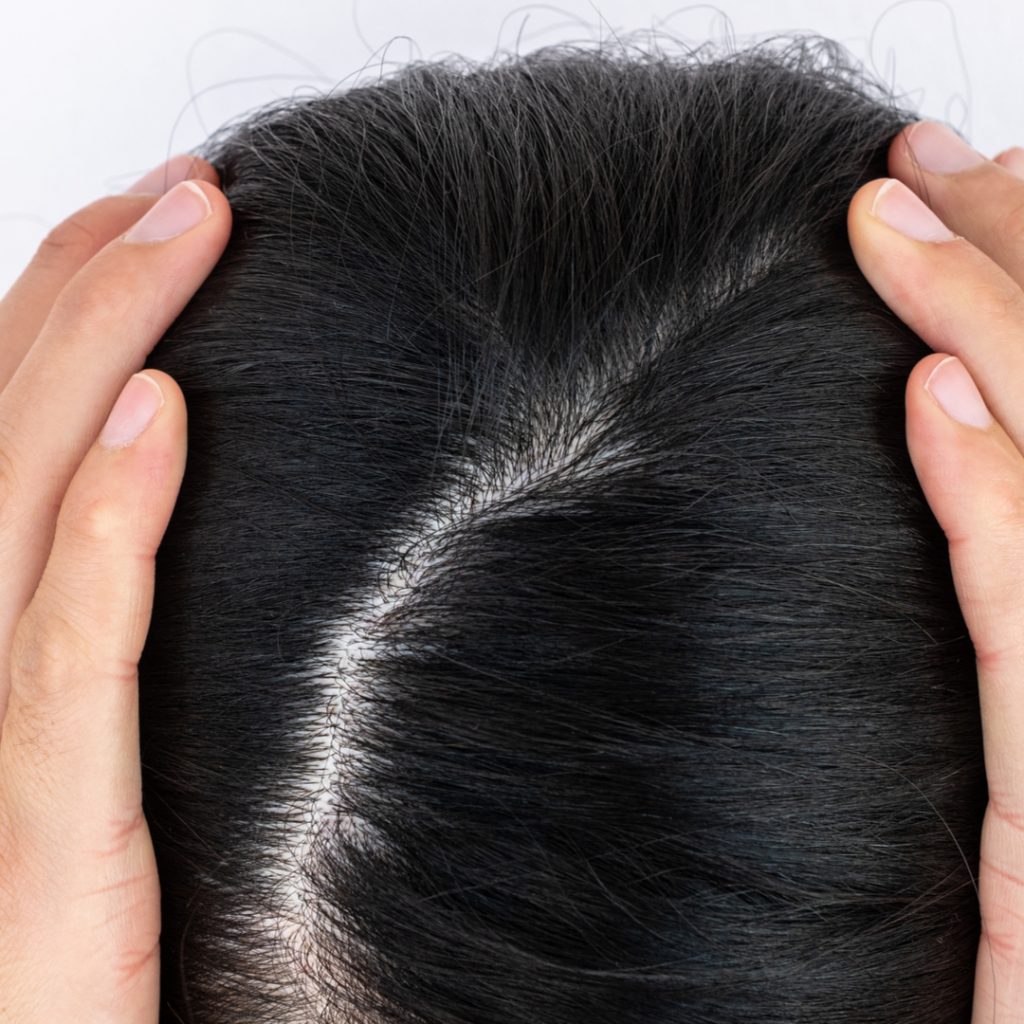
The scalp is an ultra-specialized area of the skin, where hair is anchored. Like other hair, also the hair on the scalp originates from a hair follicle, called a bulb.
Since it is skin (like all other areas of the body), the scalp is susceptible to problems such as imbalances, anomalies, disorders or actual illnesses. The scalp is responsible for protecting the brain, not just through the presence of hair, but also through thermoregulation of the entire head, filtering the sun’s rays and blocking excessive heat dispersion in cold environments.
The scalp is tightly bound to the galea aponeurotica, the aponeurosis that directly covers the skull, with the interposition of weak connective tissue.
The scalp is composed of: a superficial epidermis, with little pigment and well-protected from light by the hair, and a deeper area, the dermis, in which hair bulbs are densely packed.
Capillaries cross the scalp and bring nourishment to the hair through the blood. Other important functions are carried out by sebaceous glands and sweat glands that, with sebum and sweat, ensure protection and lubrification of both the scalp and hair.
Each bulb corresponds to the outlet of a sebaceous gland. A particular characteristic of the hair derives from the extent of sebaceous gland activity, and related hair problems may depend on this factor too. If the sebaceous glands are very active and secrete a lot of sebum, the hair will appear greasy, covering itself easily in the greasy secretion. If, on the other hand, the activity is reduced and produces a small quantity of sebum, the hair will be dry.
The skin or dermis is composed of two layers, a superficial layer, called the epidermis, and a deeper layer, called the dermis, under which the hypodermis or subcutaneous adipose tissue is located.
The epidermis is separate from the dermis of the basement membrane.
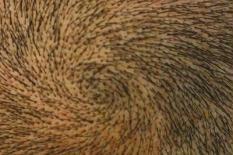
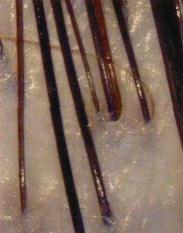
The epidermis or epithelial tissue is composed of 4 different types of cells, the most important of which, composed of keratinocytes, is distributed across many overlapping rows of cells divided into 5 layers: the basal layer, the spinous layer, the granular layer, the translucent layer (present only on the palm of the hand and the sole of the foot) and lastly the cornified layer. Keratinocytes are formed and reproduced in the deepest part (the basal layer), and from here, following the aging process, slowly climb towards the surface (in about 28 days), producing within them a protein called keratin, which has a particular resistance to external aggression (soap, oils, solvents, heat and cold, visible and ultraviolet radiation, germs, mold and pathogens, etc…).
The detachment of the now-dead cells from the surface is usually invisible. If, instead, for some reason, due to particular scalp problems, cellular masses form (hundreds or thousands of elements), the detachment becomes visible in the form of flakes (dandruff).
The basal layer is the only one that needs nourishment, which it receives from the underlying dermis. The epidermis is devoid of arterial or venous circulation. The basement membrane is a complex structure with an undulated shape that is responsible for both anchoring the epidermis to the dermis and for allowing and regulating the exchange of substances (nutrients and waste) between the epidermis and the dermis. In the dermis (connective tissue) the cells are scarcer and divided into various types: among these we can note the fibroblasts, mastocytes and macrophages. The most important are fibroblasts, that produce both the “fundamental” gelatinous substance, composed mostly of water, salt, sugar and protein, and various types of fibers (reticular, collagen and elastic), which take on the role of providing support, consistency and elasticity to the tissue itself. The dermis is full of blood vessels, lymphatic vessels, fibers and nerve endings. Finally, the hypodermis (subcutaneous adipose tissue) is composed mainly of interwoven fibrous bands (a direct continuation of those found in the dermis) that outline a series of spaces, called adipocytes, occupied by adipose cells. In the hypodermis there are fewer cells and nerve endings, while blood supply is more abundant. Under the hypodermis are bands of muscular tissue with the correspondent muscles.
Hair and Scalp
READ ALL ARTICLESHair Loss
READ ALL ARTICLESHair Problems
READ ALL ARTICLESScalp Problems
READ ALL ARTICLESAlopecia
READ ALL ARTICLESPreventions and Solutions
READ ALL ARTICLESHair loss solutions for you. CRLAB, specialists in the well-being of your hair and scalp.
FIND YOUR NEAREST CENTER
Let our experts find the best solution for you.
FIND YOUR NEAREST CRLAB CENTERBOOK A CONSULTATION
Book a consultation with our experts. Find out more about CRLAB solutions.
MAKE AN APPOINTMENTTrichology scalp and hair care
To put the health back into your hair, you first need to nourish your scalp. Our trichology treatments care for your scalp and hair, using cutting-edge technologies with a full range of laboratory-tested products. All made with high quality raw materials.
Find out moreHair prosthetic system
The ultimate answer to your hair loss. Rediscover yourself, with naturally thick hair. A patented solution that integrates real hair into areas where you’re experiencing thinning or hair loss. A fully customized hair enhancement that will look totally natural on you. Plus, it’s so functional, it gives you the freedom to live your life the way you want to.
Find out moreHair transplant surgery
Hair transplantation is recommended for those who wish to improve hair density and coverage. The degree of thinning may vary and must be assessed in relation to the donor area.
Find out more
 Italiano
Italiano  Português
Português  Français
Français  Español
Español 


